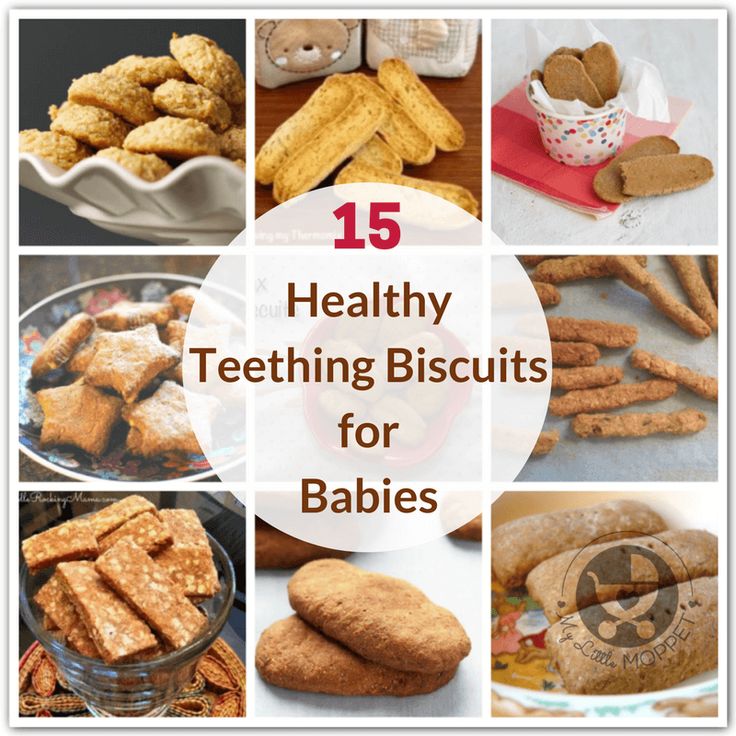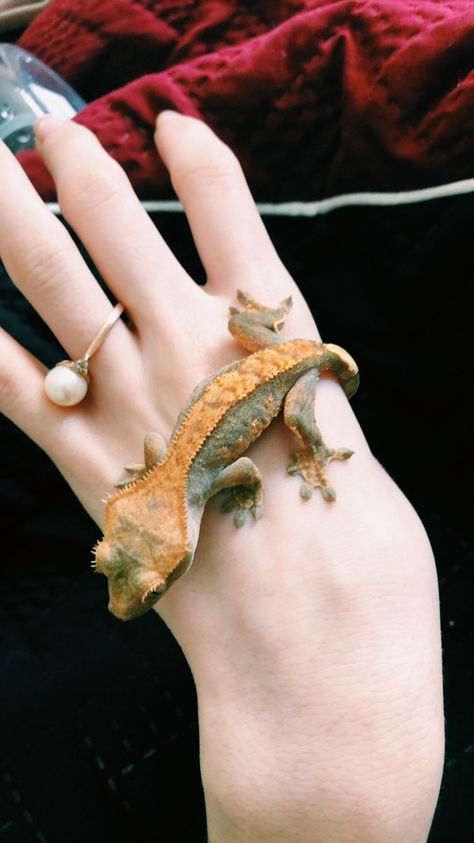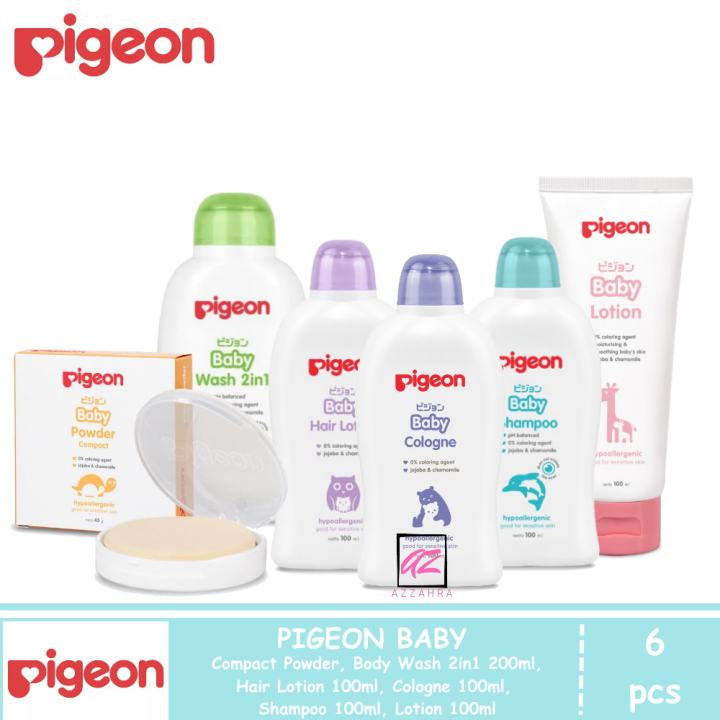Best foods for teething baby
Five Teething Foods That Soothe
This month my third child reached a milestone. Her first tooth appeared. Third time around I am more prepared for teething. Third time around I know what to expect. Not everyone has the benefit of past experience when it comes to teething so I thought I would share some of the practical things I have learnt along the way.
Not every teething experience is the same.
Some babies never bat an eye lid, and show absolutely no signs they are teething. One day they have no teeth, then the next, you notice a pearly white has sprouted from their gum. Mums of these kids can often be a bit smug when it comes to teething. I confess to being one of these mums at the start.
Some babies struggle with every single tooth, they are miserable for a few days leading up to it, and usually sleep poorly on the nights the teeth actually cut. These kids have red cheeks, chew everything in sight and are just plain irritable. Mums of these kids wish all their child's teeth would arrive on one day so that it could be all over and done with. I was this mum with mu second when her first few teeth arrived.
Some babies are a mixed bag. Sometimes they just magically appear then other times they appear to be quite painful. Mums of these kids find it hard to know if teething is the reason for their munchkins grumbles or if other things are at play. Mixed bag kids can be hard as like the famous line from Forrest Gump "you never know, what you're going to get'. It turns out that ultimately my kids have been mixed bag, or should I say 'box of chocolates' kids. I suspect this is probably the case for the majority of babies. So if you think teething is a breeze, I hope it remains that way for you. If it doesn't and your placid poppet becomes irrationally irritable with a future teething experience, then rest assured you are not alone!
Case and point: My kids
Kiddliwink One: Breezed through the first stages of teething, his first 8 just arrived no issues. His first set of molars no problems. Canines however were a disaster, he was grumpy, red cheeked, off his food and slept poorly until they came through. I was sleep deprived, grumpy and a bit more arse-holey than I typically like to be.
I was sleep deprived, grumpy and a bit more arse-holey than I typically like to be.
Kiddliwink Two: The complete opposite to the first. Struggled with the first four, showed obvious signs of teething, red cheeks, swollen gums, chewed everything and woke beside herself on the nights they actually cut. She is currently getting her molars and canines at the same time and you wouldn't even be able to tell.
Kiddiwink Three: Her first tooth has just arrived. She has shown absolutely no signs. Apart from one night of absolutely terrible sleep. I had no idea what the problem was until the next morning I noticed a tooth had broken through. Then I felt terrible as I hadn't even considered teething as the reason she was awake in the middle of the night.
Below is a chart showing usual times when teeth can make their appearance.
As with everything the range of normal is quite large and even then there can be kids who can sit outside the 'usual' range. Some kids are hares when it comes to getting teeth and some kids are tortoises.
Some kids are hares when it comes to getting teeth and some kids are tortoises.
Case and point: My kids
My first two kiddlwinks fell into the slow and steady wins the race camp.
Kid 1: No teeth until 10mths old (He had all of them by the time he was 2.5yrs though).
Kid 2: Is proving to be an absolute tortoise. First tooth at 14 months. She will be 2 years old in a weeks time, and up until a few weeks ago still only had four teeth. She is catching up now, with a mouth full of erupting teeth.
Kid 3: Her first tooth arrived at 6 months, and as of yesterday number 2 is here as well. So a hare compared to the others, but right on schedule compared to the chart.
I know a munchkin who cut their first tooth at 2 months and even one who had a tooth at birth.
If you have any concerns about your child's teething then ask a Healthcare Professional. In NZ there is a free public dental service until your baby's 18th birthday. If you have any concerns about your baby/childs teeth (or lack of them) then this is a good place to start. Just call 0800 TALK TEETH (0800 825 583).
If you have any concerns about your baby/childs teeth (or lack of them) then this is a good place to start. Just call 0800 TALK TEETH (0800 825 583).
One thing I do know, whether you have a hare or tortoise, getting teeth changes a kids smile. So make sure you have some great pics of your baby's gummy grin as it doesn't last forever! A smile with teeth is also adorable, just different, so snap away as your childs smile changes over their first few years.
As I mentioned above not every teething experience is the same. There are differences from baby to baby and from tooth to tooth. Some kids will breeze through, others, I honestly do believe find it quite painful. Let me put a qualification on this though. I do believe teething can be painful for some kids, for some teeth. However, honestly now that I know what I do about young kids. If your munchkin is out of sorts and has been out of sorts for a long period of time. It is probably not teeth solely causing the issue. Babies and toddlers get out of sorts for all sorts of reasons. Being a baby and toddler is tough going. So many milestones and concepts to wrap their little heads around. So yes I believe it can be painful, and yes I believe it can upset sleep. A few day/weeks here and there, But not for weeks on end.
Babies and toddlers get out of sorts for all sorts of reasons. Being a baby and toddler is tough going. So many milestones and concepts to wrap their little heads around. So yes I believe it can be painful, and yes I believe it can upset sleep. A few day/weeks here and there, But not for weeks on end.
Case and point: My kids
My eldest was a late teether but an early talker. When his canines arrived at around 2yrs of age, not only did he display symptoms, swollen gums, red cheeks, drooling and restless nights. He could also tell me. He would tell me his teeth were sore. He would refuse to eat crunchy foods like apple and carrot sticks as 'they hurt'.
My middle child is a dream sleeper. Honestly she looks at a bed and falls asleep. When her first few teeth arrived she would wake beside herself and would take hours to resettle. This would last for a few days each time a tooth erupted. She was clearly finding teething painful.
Easing the pain
During the day I believe there are quite a few things you can try to help a baby/child deal with sore gums/teeth. Below are my 5 everyday foods that can ease the pain, or at least distract from it.
Below are my 5 everyday foods that can ease the pain, or at least distract from it.
5 Regular foods to ease the pain, or at least distract from it
1. Watermelon
Amazing straight out of the fridge. Loved by kids. Don't cut the rind off, it is the perfect thing to gnaw on.
2. Cucumber
Either as rings or sticks, cold cucumber and teething kids you can't go wrong
3. Cruskits
Not exactly the most nutritious cracker out there, but so great for gummy sharks to suck, gnaw and generally just muck about with. They have the added benefit of being quite tidy, so a great option to give to an irritable kid in a pram, when you need to buy yourself a few more minutes grace before the grumbling really kicks in. There are quite a few varieties now; Original, Rice, Corn, Wholegrain to name a few. If you have an allergy kid, be mindful as they don't all contain the same ingredients. Some have added Milk or Soy where others don't.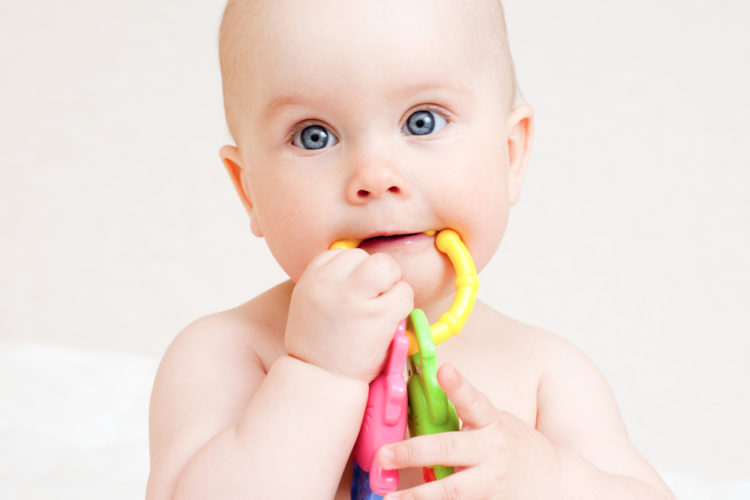 So check the label.
So check the label.
4. Frozen Blueberries
One of my favourite foods to come out of a packet. Kids love them, and they are the perfect distraction from teething. Be warned they are messy and can stain, so make sure you have a bib handy, or at least don't serve them when your munchkin is wearing their best outfit.
5. Ice
Lastly, but by no means least, good old, run of the mill ice. The only problem with ice is putting it in a form that is easy for your poppet to manage (particularly if they are teething at quite a young age). I use two different ways.
One is a fairly standard tried and tested method: Wet a muslin, Wring it out, Roll it up and freeze. Pure bliss for babies.
The second method, I like to think I was the first to create. I like to think it is a My Kids Lick The Bowl original idea. I suspect though that some other practical mum has been there and done that before me. But, in case they haven't, or at least in case you haven't come across them before, look below for instructions on making the ultimate Teething Pop.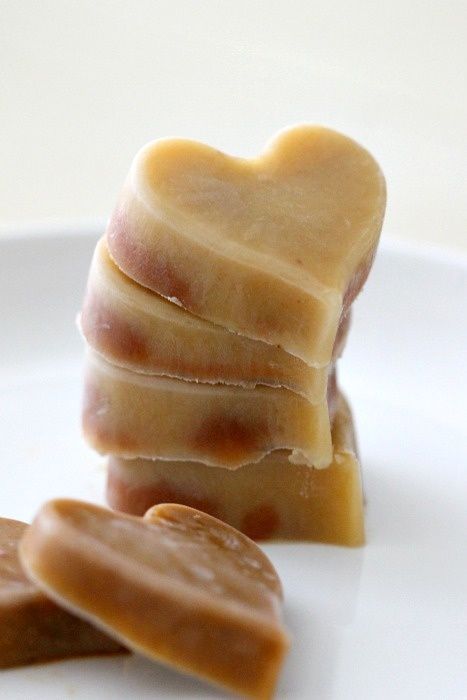 So practical in its's simplicity yet so clever in its originality. Or maybe not, either way they definitely work and babies love them, even grumpy babies with sore teeth.
So practical in its's simplicity yet so clever in its originality. Or maybe not, either way they definitely work and babies love them, even grumpy babies with sore teeth.
Pain medication
If these things don't work and my child remains in obvious discomfort then I am a believer in pain relief. I know not everyone is, but I am. Mums will have different comfort levels in regards to when they will consider pain relief for illness and teething. When it comes to pain relief in children I live by this philosophy.
A Pharmacist or Doctor will be able to give you expert advice when it comes to pain medications for your children. They should be your first point of call if you have any concerns.
Babies do not need teeth to start solids. Jeepers, if I had waited for my second child to have teeth before I started solids she would have been 14 months old!
Not having teeth shouldn't greatly affect the type of food you offer. You will be amazed at what a 'gummy shark' can manage, so don't use not having teeth as a reason for not moving kids through different food textures or starting them on finger foods. Be sensible though. A child with no molars will struggle with very hard foods like carrot sticks or nuts, as they will have no way of grinding them up. So sometimes an alternative is needed. Cucumber sticks are easier to manage than carrot, or lightly steam the carrot until their molars come in. Use nut butters for snack as an alternative to nuts.
Be sensible though. A child with no molars will struggle with very hard foods like carrot sticks or nuts, as they will have no way of grinding them up. So sometimes an alternative is needed. Cucumber sticks are easier to manage than carrot, or lightly steam the carrot until their molars come in. Use nut butters for snack as an alternative to nuts.
A baby clamping down on your nipple with just gums is painful enough. A baby clamping down on your nipple with teeth can make you scream bloody murder! Due to my first two kiddlywinks being late teethers I don't have a huge amount of experience. But a couple of practical tips I would suggest if you have a bub determined to chomp through your nipples:
Feed bub when genuinely hungry
I find cheeky bubs don't tend to bite down when they are hungry, it is something they do when they have full tummies and are just experimenting.
- If bub is not actively feeding and is just mucking about (I am sure you know what I mean) then pop them off the boob before they have a chance to bite.

- If bub does bite you, pop them down i.e. feed is over! Re-offer the boob in 20-30 minutes, if they take it they were still hungry, if they don't then they weren't hungry and the bite was a painful game. If they bite again, pop them down and repeat as above.
It's usually a phase
For most it is a phase and if you stop the feed when they bite, they should stop doing it after a little while and you can go on with your breastfeeding journey. Or at least that is the theory!
So to sum up. Teething happens to every child. Eventually every baby will cut 20 pearly whites. Your bub may not be bothered at all, or it could be a bit of a troublesome time. Do what you need to do to get through. Whether that be by making my incredibly original but simply brilliant teething pops or by giving more traditional pain relief. The good news, is typically after a maximum of 3 years teething will be done and dusted.
On my website I have a teething biscuit recipe and a 1-minute baby rusk which my kids have all enjoyed when teething.![]()
What Foods to Give as My Child Is Teething? | Healthy Eating
By Alicia Bodine Updated December 06, 2018
According to the American Dental Association, you can expect your baby's first teeth to erupt between 6 months and 1 year, with the full set of 20 primary teeth showing up by age 3. As the teeth make their way through the gums, your little one may experience soreness that leaves him irritable. Fortunately, in addition to teething rings, there are a few foods you can give your child that will help soothe the tender gums and relieve pain.
Teething Biscuits
In addition to relieving gum pain, chewing on teething biscuits is also a yummy snack for most babies. The biscuits can be cracker- or cookie-like and are designed to break up and dissolve easily to reduce choking risks. Of course, parents should still keep a close eye on their children as they munch on these crumbly foods.
The treat is available for purchase in grocery stores, but parents can make their own by blending 2 cups of oat flour, 1 ripe banana and 2 tablespoons of coconut oil. Mold the dough into cookie or stick shapes and bake at 350 degrees Fahrenheit for 10 minutes per side.
Mold the dough into cookie or stick shapes and bake at 350 degrees Fahrenheit for 10 minutes per side.
Hard Vegetables
Carrots, cucumbers, celery sticks and other hard vegetables that have been chilled in the refrigerator feel good against aching gums as your baby gnaws on them. It's important that the carrots and cucumbers be peeled first and that parents watch their toddlers closely in case a piece of the vegetable breaks off.
Popsicles or Fruit Slushies
Ice is excellent for numbing areas of our body that are in pain, so it makes sense that frozen ice in the form of popsicles and fruit slushies would give a baby relief from sore gums. You can also purchase popsicles and fruit slushies from your local grocery store or make your own at home.
Simply place your baby's favorite fruits in the freezer. Once they've frozen, toss them in the blender so they become fruit slushies that can be spoon-fed.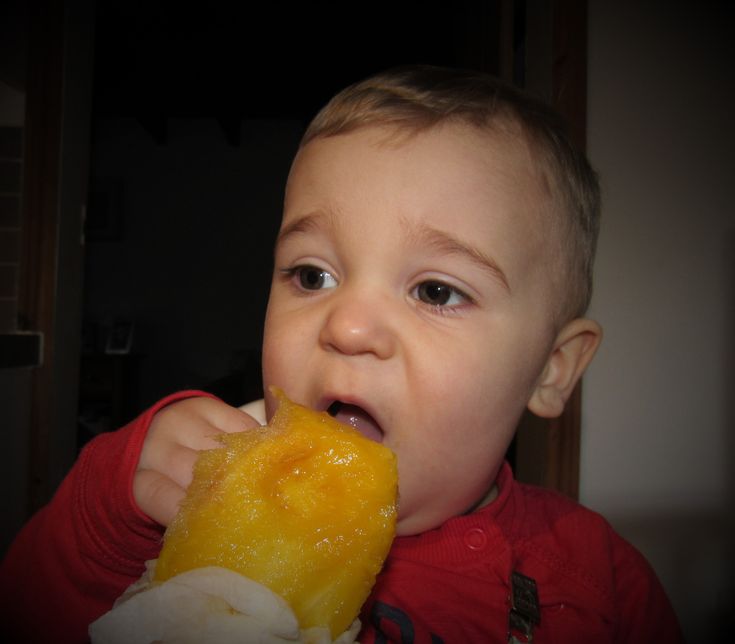 If you'd rather make popsicles, blend fresh fruits with a little water and then pour the mixture into popsicle molds. Place in the freezer and use once frozen.
If you'd rather make popsicles, blend fresh fruits with a little water and then pour the mixture into popsicle molds. Place in the freezer and use once frozen.
Applesauce, Yogurt and Pudding
Some babies prefer the texture of soft foods. In this case, you'll want to offer chilled applesauce, yogurt or pudding during snack time. The creamy foods won't irritate the already painful gums, and the cold temperature of the snacks will soothe the area. Pouring the applesauce, yogurt or pudding into a popsicle mold and serving it that way also works.
References- KidsHealth: Teething Tots
- MayoClinic.com: Teething: Tips for Soothing Sore Gums
- BabyCenter: Teething: Your Baby's First Teeth
- Super Healthy Kids: Healthy Homemade Teething Biscuits
- Mom Tricks: 27 Must-Know Tips to Quickly Soothe a Teething Baby
Alicia Bodine is a New Jersey-based writer specializing in health and nutrition. With more than 13 years of experience, her work has appeared in sites like Livestrong and eHow Food & Drink. She has also served as the Healthy Foods editor at BellaOnline.
With more than 13 years of experience, her work has appeared in sites like Livestrong and eHow Food & Drink. She has also served as the Healthy Foods editor at BellaOnline.
The baby will have teeth or what future mothers need to know
Today there is not a single pregnant woman who would not know that the health of her unborn baby directly depends on her own well-being. But not everyone knows that the "health" of a child's teeth is also laid down during pregnancy. Therefore, if you are expecting a baby, urgently review your tastes, habits and menu. Moreover, from now on, you will have to eat healthy products not from time to time, but from day to day. What should a future mother take into account in order to keep her baby's teeth healthy? First of all, it is a balanced diet:
1. Calcium. You will have to love milk, and at the same time yogurt, cheese, cottage cheese, fish and seafood. It is from them that the baby should receive calcium, and not from your bones and teeth. It is enough to eat 150-200 g of cottage cheese per day with a few tablespoons of sour cream, a few slices of cheese. Include in your diet phosphates, which are rich in fish and seafood.
It is enough to eat 150-200 g of cottage cheese per day with a few tablespoons of sour cream, a few slices of cheese. Include in your diet phosphates, which are rich in fish and seafood.
2. Ultraviolet. Do not forget that dosed exposure to the sun is necessary for the absorption of calcium.
3. Vitamin C, which is required for the enhanced growth of the child's skeleton and teeth. This vitamin is rich in citrus fruits, tomato juice, cabbage, berries.
4. Don't forget about trace elements. Fluorine, which has an anti-caries effect, is especially important for teeth. For cooking, it is recommended that a future mother use fluorinated-iodized salt. Seafood, fish,
tea, parsley are rich in fluorides.
Caries during pregnancy is unacceptable! This is due to the fact that it is a constant source of infection that spreads through the blood throughout the body, including the fetus.
It is important to remember that infectious diseases of a pregnant woman, taking certain medications, radiation, trauma, heredity, smoking and alcohol also play an important role in disrupting the process of formation and development of the baby's teeth.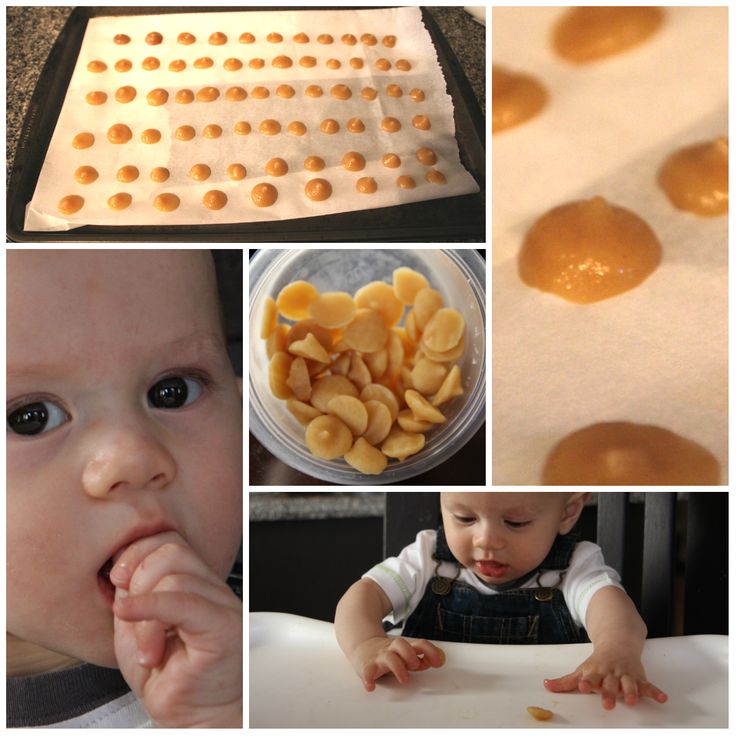
And now your long-awaited baby is born! How much happiness immediately breaks into your house. But it's no less of a hassle, believe me. Because the question immediately arises, how to grow it healthy and happy? What should parents do to keep their kids' teeth healthy as long as possible? After the birth of the baby, the process of mineralization of itching (saturation with calcium and phosphorus), even if they are not yet visible in the oral cavity, continues. Therefore, a balanced diet of a nursing mother during this period is no less important for the formation of strong teeth for a child.
Teething is a process most often remembered by parents for a long time. The first teeth in the crumbs appear at 6-8 months. It is during this period that it is necessary to begin caring for the oral cavity of the baby. This is due to the fact that caries develops under the influence of streptococci, which, in the course of their life, process the carbohydrates of our food with the formation of acid that destroys the tooth.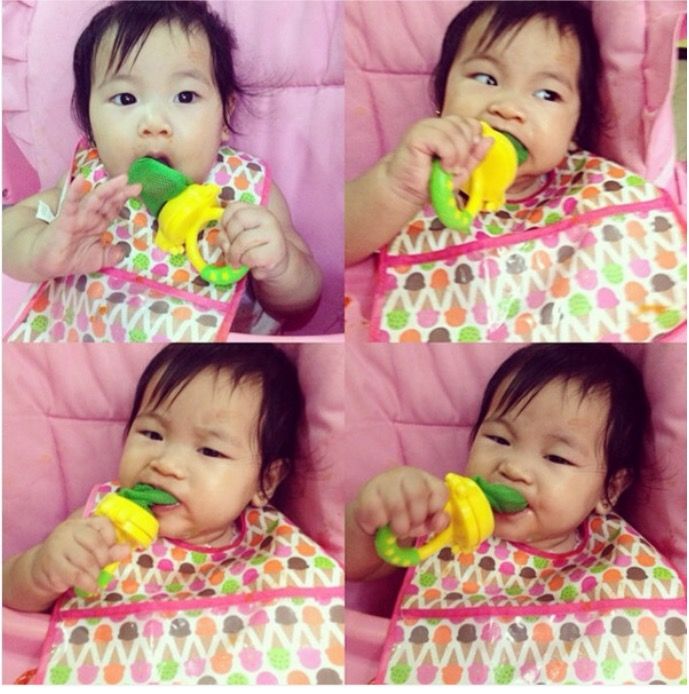 Infection of the child's oral cavity with streptococci, most often occurs through "salivary contacts". Therefore, it is simply necessary to monitor the condition of the teeth of those who communicate with the baby especially closely. After all, mothers, fathers, grandparents with untreated teeth easily pass their “carious monsters” to the baby when kissing, licking a fallen pacifier, etc. The desire of parents to pamper the child with all of the available sweets often leads to excessive consumption of carbohydrates by the baby. Sweets such as sweets and cookies are also dangerous because they “stick” well to the teeth, forming so-called plaques, in which cariogenic microorganisms actively multiply. Those. the presence of carbohydrates and microbes in the plaque and there are two main factors in the development of caries. Therefore, to reduce the risk of developing caries in a baby, teeth should be cleaned immediately after their eruption. The front teeth can simply be wiped with a damp gauze swab, but after the lateral teeth have erupted, you simply cannot do without a toothbrush.
Infection of the child's oral cavity with streptococci, most often occurs through "salivary contacts". Therefore, it is simply necessary to monitor the condition of the teeth of those who communicate with the baby especially closely. After all, mothers, fathers, grandparents with untreated teeth easily pass their “carious monsters” to the baby when kissing, licking a fallen pacifier, etc. The desire of parents to pamper the child with all of the available sweets often leads to excessive consumption of carbohydrates by the baby. Sweets such as sweets and cookies are also dangerous because they “stick” well to the teeth, forming so-called plaques, in which cariogenic microorganisms actively multiply. Those. the presence of carbohydrates and microbes in the plaque and there are two main factors in the development of caries. Therefore, to reduce the risk of developing caries in a baby, teeth should be cleaned immediately after their eruption. The front teeth can simply be wiped with a damp gauze swab, but after the lateral teeth have erupted, you simply cannot do without a toothbrush. After 1.5-2 years, cleansing gels can be used, which are formulated so that a small amount can be swallowed. And remember that the baby, unlike us, does not have enough manual skills to clean his teeth well, therefore, despite resistance and protests, parents should “clean” their teeth until the age of 5-6 for their child.
After 1.5-2 years, cleansing gels can be used, which are formulated so that a small amount can be swallowed. And remember that the baby, unlike us, does not have enough manual skills to clean his teeth well, therefore, despite resistance and protests, parents should “clean” their teeth until the age of 5-6 for their child.
Regular visits to the dentist, good nutrition, proper oral care of the crumbs will help keep your child's teeth healthy and strong, and his smile beautiful!
Selvanovich VI, dentist-therapist, ME "8th City Polyclinic".
Useful information for parents | Children's Dental Clinic 25
Oral hygiene advice for children aged 0-3 years
Visiting the dentist
- at 9 months
- at 12 months
- twice a year
Monitoring of erupting teeth, examination of children for early diagnosis of anomalies in the pathology of the dentition, recommendations on the rules for brushing teeth, selection of oral hygiene products, removal of dental plaque and plaque (if necessary).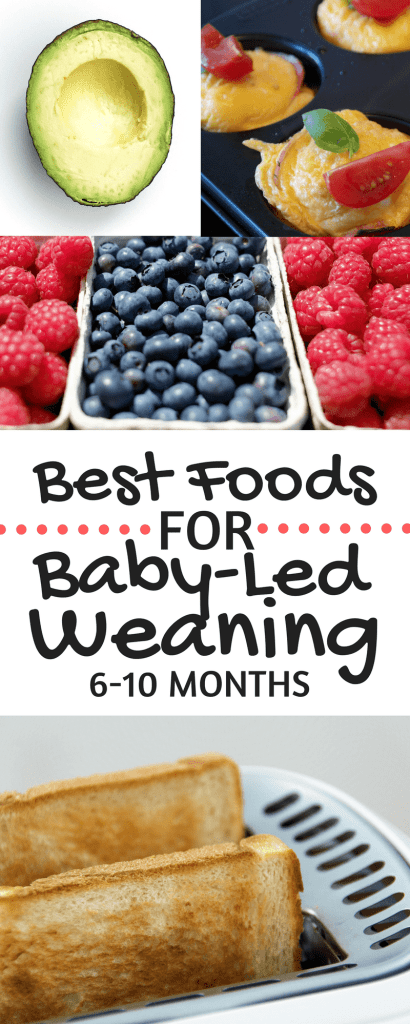
Teeth cleaning
In the morning after breakfast and in the evening before bed. Brushing time - 3 minutes.
Basic oral hygiene products:
- Manual toothbrush
- Toothpaste
The first children's toothbrush should be: with a small atraumatic rounded head; with very soft bristles; the tips of each bristle should be rounded and polished.
FIRST TEETH - parents clean!
Gently clean the gums and wipe the teeth with a damp gauze or special soft cloths (fabric fingertips) directing movements from the gums to the cutting edge of the tooth.
Use children's toothbrushes, but without toothpaste yet
2 YEARS - child brushes teeth under parental supervision!
Use children's toothbrushes with toothpaste
3 YEARS - the child brushes his teeth on his own, but under the supervision of parents!
Use baby toothbrushes with toothpaste
Nutrition:
- Breastfeeding up to a year
- Avoid drinking sugar-containing drinks at night (juices, compotes, sweet kefir, etc.
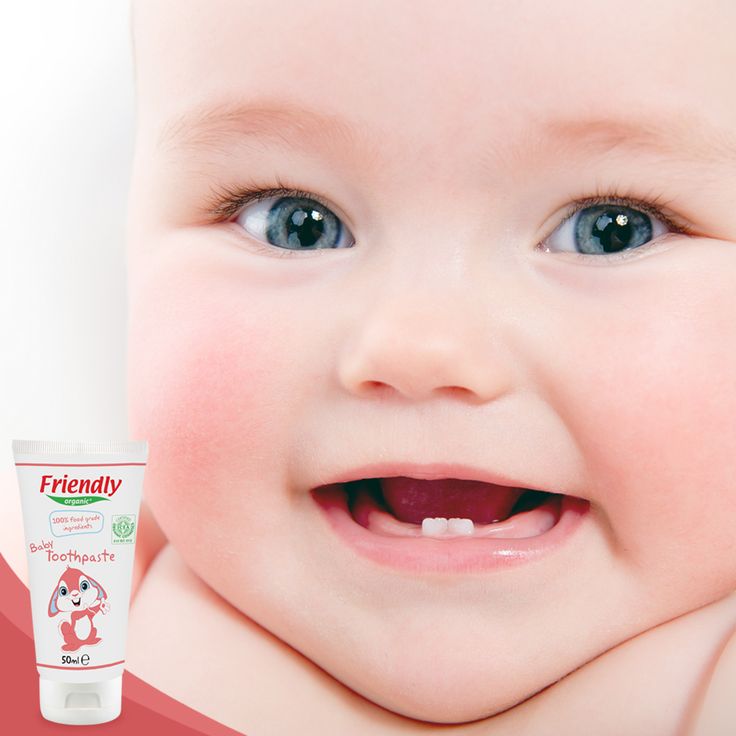 )
) - Avoid eating sugary foods (sweets, cookies, chips, etc.) between main meals
- Eat foods that are healthy for your teeth and contain little sugar, enough vitamins and minerals
- It is good to eat solid food, raw vegetables and fruits.
Healthy foods for teeth
- Raw vegetables and fruits
- Nuts, dried fruits
- Milk, cheese, meat
- Fish, tea
Harmful foods for teeth
- Caramel, lollipops, chocolate
- Carbonated soft drinks
- Sugared chewing gum
Teething:
First, the gum swells and looks slightly inflamed, then the area where the tooth appears turns white. This phenomenon occurs due to the upward movement of the tooth. It shines through the thinned gum, so there is a change in its color. The final stage is the appearance of the tooth.
How to help with teething?
Use a non-allergenic polymer or silicone teether. Teethers can be liquid-filled or one-piece (before each use, the teether should be sterilized and cooled).
Teethers can be liquid-filled or one-piece (before each use, the teether should be sterilized and cooled).
Use teething gum gels that have an analgesic effect.
Gels may contain anesthetic, antiseptic, anti-inflammatory components. Pain-relieving gels act superficially, but when teething, you can not use them more than six times a day. Be sure to consult with your dentist or pediatrician.
Early childhood caries
Early childhood caries is typical for children from one to three years of age. Most often, the cause of the development of this disease is the infection of the child from the parents with cariogenic microflora, the use of sugar-containing drinks at night (juices, compotes, sweet kefir, etc.) and the lack of oral hygiene.
The carious process first affects all 4 front teeth (upper incisors). Caries affects almost the entire surface of the erupted front teeth, the enamel of which at this age is still immature, fragile. Then caries begins to affect the remaining temporary teeth of the child. The carious process progresses rapidly, leading to the destruction of teeth and their early removal.
The carious process progresses rapidly, leading to the destruction of teeth and their early removal.
How to prevent caries in temporary teeth?
Be sure to sterilize bottles, nipples, baby toys and teethers!
Do not take food samples on a child's spoon!
Limit breastfeeding (after one year) and consumption of carbohydrates (sweet drinks) at night!
A child should not suck on a pacifier by the age of one!
Average terms of temporary teeth eruption.
Central incisors 6-8 months
Lateral incisors 8-10 months
Canine teeth 16-20 months
First molars 12-16 months
Second molars 20-30 months
Timely and consistent teething indicates the normal development of the child's body. Violation of the timing and sequence of eruption can occur with endocrine and metabolic disorders or general diseases of the child.
Remember that you should visit the dentist, , when your child is healthy and does not have a toothache!
Oral hygiene advice for children aged 3 to 6
Dental visits:
- Twice a year
Examination of children for early diagnosis of dental caries and its complications, examination of children for early diagnosis of anomalies in the pathology of the dentition, recommendations on the rules for brushing teeth, selection of oral hygiene products, removal of dental plaque and plaque (if necessary), sealing of dental fissures
Teeth brushing:
In the morning after breakfast and in the evening before bed.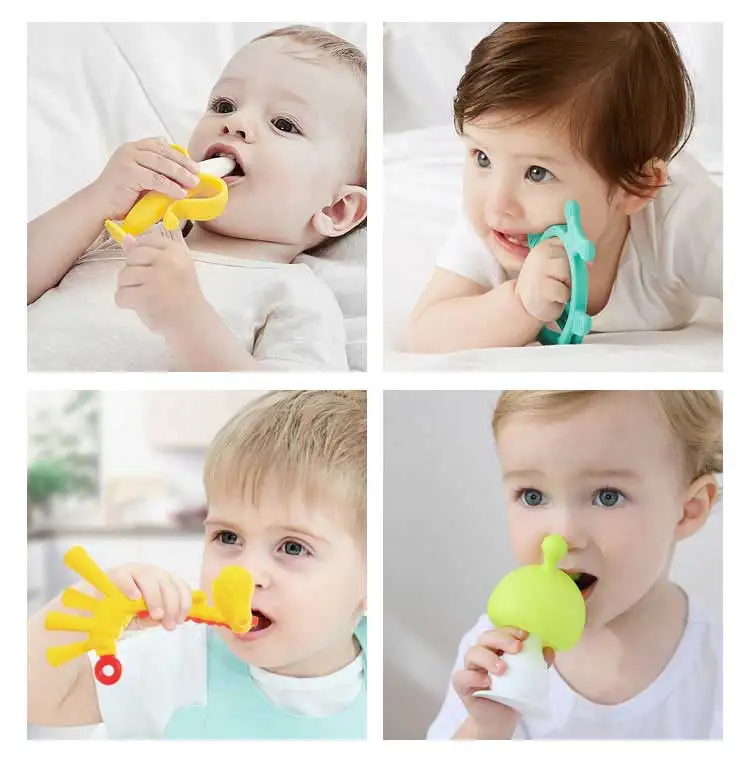 Brushing time - 3 minutes.
Brushing time - 3 minutes.
Basic oral hygiene products:
- Manual toothbrush
- Toothpaste
Toothbrush for children 3-6 years should be: with soft bristles, with rounded and polished tips; with a large handle; with bristle wear indicator.
Power:
Foods that are healthy for your teeth should contain a small amount of sugar, a sufficient amount of vitamins and minerals. It is good to eat solid food.
Avoid sugary foods (sweets, cookies, etc.) between main meals.
Healthy foods for teeth
- Raw fruits and vegetables
- Nuts, dried fruits
- Milk, cheese, meat
- Fish, tea
Harmful foods for teeth
- Caramel, lollipops, chocolate
- Carbonated soft drinks
- Sugared chewing gum
Dental caries
Dental caries is a disease of hard dental tissues that occurs with irregular oral hygiene and excessive consumption of sweets.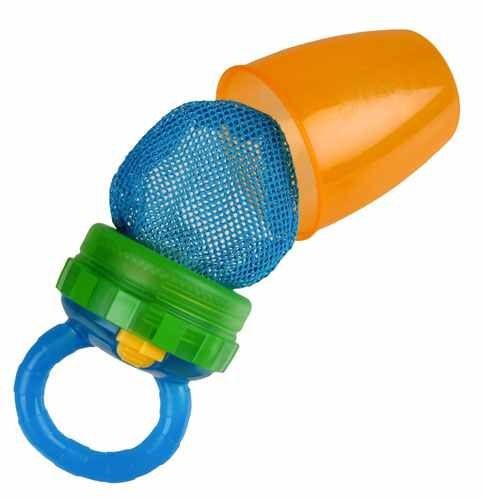
Damage to the teeth by caries is always accompanied by a violation of their function, with the destruction of the teeth there are difficulties in eating, pain, disturbance of appearance, especially when the anterior group of teeth is affected by caries. Caries in temporary teeth proceeds with the same unpleasant sensations as in adults.
Complications of caries in temporary teeth can lead to severe inflammatory processes in the maxillofacial area.
Early removal of temporary teeth is one of the reasons for the formation of dentoalveolar anomalies, that is, violations of the bite, shape and size of the dentition.
At the age of 5-6, temporary teeth begin to fall out and permanent teeth begin to erupt.
The first permanent molars appear in the oral cavity as the very first of the permanent teeth. At the same time, temporary teeth do not fall out, since the first permanent molars erupt behind the temporary molars from behind, so parents do not pay due attention to these teeth, mistaking them for temporary ones.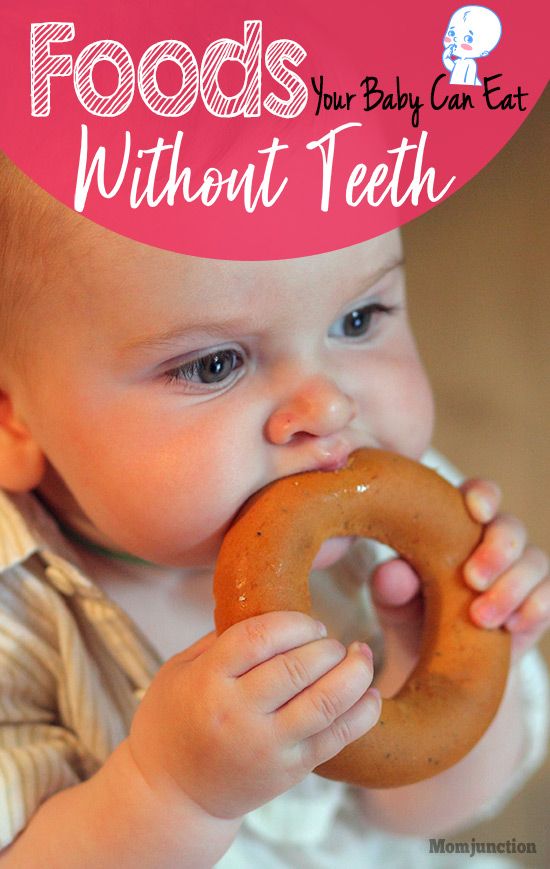
On the chewing surfaces of the first permanent molars, deep pits (fissures) are defined, which are primarily affected by caries. To protect against caries, immediately after the eruption of these teeth, it is necessary to carry out a sealing technique, which includes filling the fissures with a special material.
Therefore, it is important to visit the dentist in time to detect caries, its treatment and prevention, both in temporary and permanent teeth.
IMPORTANT!
If dark gray spots appear on the teeth, if the teeth react to cold, hot, sweet, sour, and even more so if carious cavities are visible on the teeth, then the child obviously has caries. You need to contact your dentist immediately.
Remember that you should visit the dentist, , when your child is healthy and does not have a toothache!
Oral hygiene advice for children aged 6 to 15
Dentist visits:
- Twice a year
Examination of children for early diagnosis of dental caries and its complications, detection of dental anomalies and early orthodontic treatment, monitoring of the condition of the gums and periodontal tissues, recommendations on the rules for brushing teeth, selection of oral hygiene products, removal of dental plaque and plaque (if necessary), dental fissure sealing
Teeth cleaning:
In the morning after breakfast and in the evening before going to bed.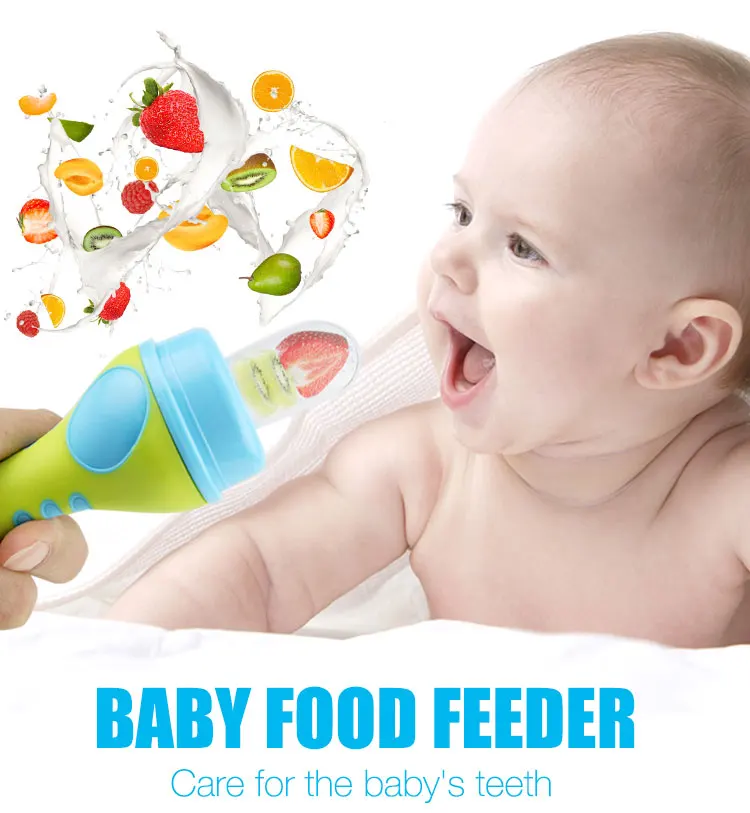 Brushing time - 3 minutes.
Brushing time - 3 minutes.
Basic oral hygiene:
- Manual toothbrush/electric toothbrush
- Toothpaste (on the recommendation of a dentist)
Manual toothbrush should have: medium hard bristles; rounded and polished bristle tips; rounded shape of the head with a size corresponding to the size of the teeth; small head, which provides maneuverability in the oral cavity; Large handle for a better grip on the brush.
For children over six years old, we recommend an electric children's toothbrush: with soft two-level bristles; with bristle wear indicator; with a round head.
Additional oral hygiene products, are used on the recommendation of a dentist and under the supervision of parents from 7-9 years old:
- Dental floss
- Rinse aid
- Sugar free gum with xylitol
- Foams
- Tongue scraper
- Toothbrushes
Use of dental floss (FLOSS)
From the age of 7, it is necessary to introduce the use of dental floss into personal hygiene. This is especially indicated for children with a high risk of caries, with crowded teeth, as well as those undergoing orthodontic treatment using non-removable orthodontic appliances.
This is especially indicated for children with a high risk of caries, with crowded teeth, as well as those undergoing orthodontic treatment using non-removable orthodontic appliances.
It is recommended to use dental floss before brushing your teeth with toothpaste, and if you use mouthwash, then after toothpaste, before rinsing. Dental flosses, or flosses, have been developed specifically for cleaning hard-to-brush contact surfaces of teeth.
Mouth rinse is recommended as an additional hygiene product, because it cleans the interdental spaces well and has a deodorizing effect. The rinse aid must contain fluoride and not contain alcohol. Rinse mouth for 1 minute, do not swallow.
The use of dentifrices can destroy a significant part of the bacteria remaining after brushing. By improving the condition of the gums, the risk of periodontitis and other dental diseases is reduced. Tooth rinses help keep teeth white, strengthen enamel, fight tartar formation, and prevent cavities.
Foam is used to clean teeth when it is not possible to use a regular toothbrush. The action of the foams is expressed in cleaning and balancing the acid-base balance in the oral cavity, which prevents the growth of plaque and the development of pathogenic microorganisms in it.
Xylitol (xylitol) has pronounced anti-caries properties: it has a specific antimicrobial effect against the most cariogenic microorganisms, accelerates salivation, improves self-cleaning of the oral cavity and increases the ability of saliva to strengthen tooth enamel. The use of chewing gums containing xylitol is recommended after meals for 10-15 minutes.
ATTENTION! However, it must be remembered that excessive intake of xylitol in the body can lead to unwanted side effects, as it contributes to diarrhea. The daily dose of xylitol for an adult is from 30 to 50 grams.
Professional oral hygiene (teeth cleaning) is a system of therapeutic and preventive measures performed in a dental clinic, aimed at preventing the occurrence and progression of oral diseases. At the same time, the doctor or hygienist removes plaque and tartar, polishes the surfaces of the teeth.
At the same time, the doctor or hygienist removes plaque and tartar, polishes the surfaces of the teeth.
Professional oral hygiene should be carried out at least once a year.
Nutrition:
Foods that are healthy for teeth should contain a small amount of sugar, a sufficient amount of vitamins and minerals. It is good to eat solid food.
Avoid sugary foods (sweets, cookies, etc.) between main meals.
Avoid sugary carbonated drinks.
Healthy foods for teeth
- Raw vegetables and fruits
- Nuts, dried fruits
- Milk, cheese, meat
- Fish, tea
Harmful foods for teeth
- Caramel, lollipops, chocolate
- Carbonated soft drinks
- Sugared chewing gum
At the age of 6-15 years there is a change of temporary teeth to permanent teeth.
Timely and consistent teething indicates the normal development of the child's body.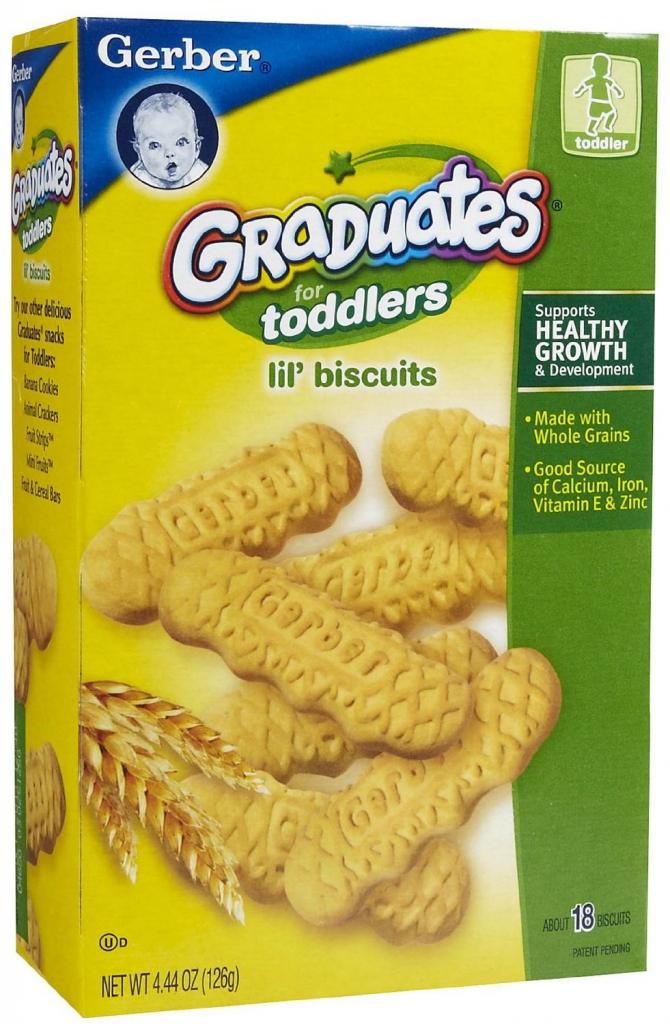 Violation of the timing and sequence of eruption can occur with endocrine and metabolic disorders or general diseases of the child.
Violation of the timing and sequence of eruption can occur with endocrine and metabolic disorders or general diseases of the child.
Dental caries
Dental caries is a disease of hard dental tissues that occurs with irregular oral hygiene and excessive consumption of sweets.
Damage to the teeth by caries is always accompanied by a violation of their function, with the destruction of the teeth there are difficulties in eating, pain, disturbance of appearance, especially when the anterior group of teeth is affected by caries. Caries of temporary and permanent teeth in children proceeds with the same unpleasant sensations as in adults.
From the age of 6, temporary teeth begin to fall out and permanent teeth erupt.
The first permanent molars appear in the oral cavity as the very first of the permanent teeth behind the deciduous molars at the back, so parents do not pay due attention to these teeth, not noticing them.
Enamel maturation (strengthening) continues after teething in the oral cavity, therefore it is extremely important to create full-fledged conditions for this process: for this it is necessary to carry out professional oral hygiene with the application of special mineral gels, thoroughly brush your teeth at home.
Attention! On the chewing surfaces of the first permanent molars, deep pits (fissures) are often determined, which are primarily affected by caries. To protect against caries, immediately after the eruption of these teeth, it is necessary to carry out a sealing technique, which includes filling the fissures with a special material.
Therefore, it is important to visit the dentist in time to detect caries, its treatment and prevention, both in temporary and even more so in permanent teeth.
IMPORTANT!
If dark gray spots appear on the teeth, if the teeth react to cold, hot, sweet, sour, and even more so if carious cavities are visible on the teeth, then the child obviously has caries. You need to contact your dentist immediately! If crowding of teeth is noted, a permanent tooth did not erupt smoothly or at the wrong time, if bleeding occurs when brushing your teeth, you should immediately contact your dentist!
Remember to contact your dentist, when the child is healthy and has no toothache!
Oral hygiene advice for adolescents 15 to 18 years old
Dentist visits:
- twice a year
Examination of children for early diagnosis of dental caries and its complications, detection of dentoalveolar anomalies and early orthodontic treatment, gum control, recommendations on the rules of brushing teeth, selection of oral hygiene products, removal of dental plaque and plaque (if necessary)
Tooth brushing:
Dental care should be done regularly in the morning after breakfast and in the evening before bed.
Brushing time - 3 minutes.
Basic Oral Hygiene:
- Manual Toothbrush/Electric Toothbrush
- Toothpaste (on the recommendation of a dentist)
Maintenance manual toothbrush must have: bristles of medium hardness; rounded and polished bristle tips; rounded shape of the head with a size corresponding to the size of the teeth; small head, which provides maneuverability in the oral cavity; Large handle for a better grip on the brush.
For teenagers, an electric toothbrush should be: with a prophylactic brush head, with two levels of bristles, have two degrees of hardness - medium and soft, with indication of the degree of wear of the bristles, with a round head, with moderate vibration
Additional oral hygiene products :
- Dental floss
- Rinse aid
- Foams
- Toothbrushes
- Chewing gum (sugar free)
- Tongue scraper
- Irrigator
Toothbrushes are used to remove plaque from interdental spaces. It is especially important to use dental brushes for patients with periodontal diseases, fixed orthopedic and orthodontic constructions in the oral cavity.
It is especially important to use dental brushes for patients with periodontal diseases, fixed orthopedic and orthodontic constructions in the oral cavity.
It is recommended to use dental floss before brushing your teeth with toothpaste, and if you use mouthwash, then after toothpaste, before rinsing.
Dental flosses, or flosses, have been specially developed for cleaning hard-to-brush contact surfaces of teeth.
Floss is made from a special synthetic fibre. They can be waxed or unwaxed, round or flat. Also effective are dental flosses with special preventive impregnations that strengthen tooth enamel in hard-to-reach places.
Mouthwash is recommended as an additional hygiene product, because it cleans the interdental spaces well and has a deodorizing effect. The rinse aid must contain fluoride and not contain alcohol. Rinse mouth for 1 minute, do not swallow.
The use of dentifrices can destroy a significant part of the bacteria remaining after brushing.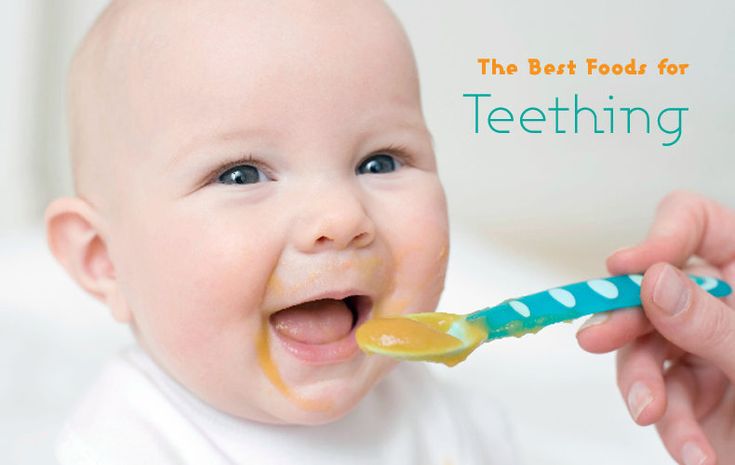 By improving the condition of the gums, the risk of periodontitis and other dental diseases is reduced. Tooth rinses help keep teeth white, strengthen enamel, fight tartar formation, and prevent cavities.
By improving the condition of the gums, the risk of periodontitis and other dental diseases is reduced. Tooth rinses help keep teeth white, strengthen enamel, fight tartar formation, and prevent cavities.
Irrigation of the oral cavity is carried out using an irrigator by supplying a constant or pulsating jet of water under pressure. It has a cleansing, massaging effect and a healing effect. The procedure time for the gum of one jaw is 2-3 minutes.
ATTENTION! The use of irrigators for oral hygiene cannot completely replace a toothbrush.
Foam is used to clean teeth when it is not possible to use a regular toothbrush. The action of the foams is expressed in cleaning and balancing the acid-base balance in the oral cavity, which prevents the growth of plaque and the development of pathogenic microorganisms in it.
The tongue scraper must be used daily to remove plaque from the surface of the tongue.
Xylitol (xylitol) has pronounced anti-caries properties: it has a specific antimicrobial effect against the most cariogenic microorganisms, accelerates salivation, improves self-cleaning of the oral cavity and increases the ability of saliva to strengthen tooth enamel. The use of chewing gums containing xylitol is recommended after meals for 10-15 minutes.
The use of chewing gums containing xylitol is recommended after meals for 10-15 minutes.
ATTENTION! However, it must be remembered that excessive intake of xylitol in the body can lead to unwanted side effects, as it contributes to diarrhea. The daily dose of xylitol for an adult is from 30 to 50 grams.
Professional oral hygiene (teeth cleaning) is a system of therapeutic and preventive measures performed in a dental clinic, aimed at preventing the occurrence and progression of oral diseases. At the same time, the doctor or hygienist removes plaque and tartar, polishes the surfaces of the teeth.
Professional oral hygiene should be carried out at least once a year.
Nutrition:
Foods that are healthy for teeth should contain a small amount of sugar, a sufficient amount of vitamins and minerals. It is good to eat solid foods, raw vegetables and fruits.
Avoid sugary foods (sweets, cookies, etc.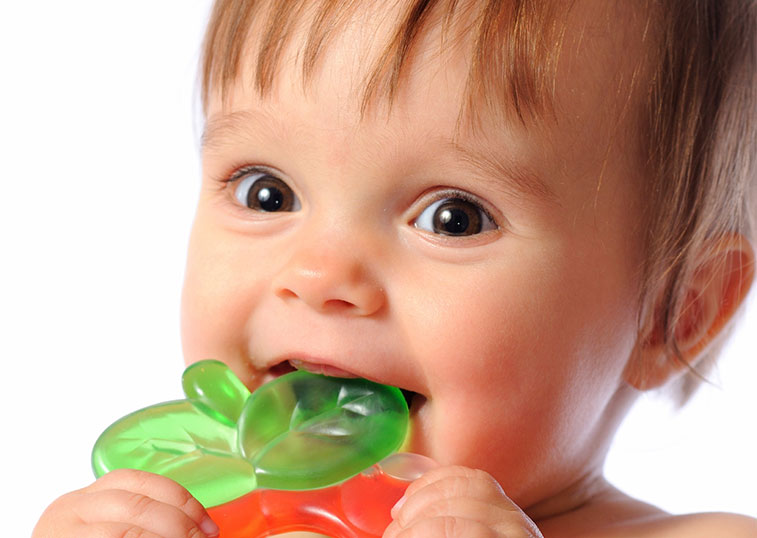 ) between main meals.
) between main meals.
Avoid sugary carbonated drinks.
Healthy foods for teeth
- Raw fruits and vegetables
- Nuts, dried fruits
- Milk, cheese, meat
- Fish, tea
Harmful foods for teeth
- Caramel, lollipops, chocolate
- Carbonated soft drinks
- Sugared chewing gum
Caries
The reason for the development of this disease is not regular oral hygiene or its absence, the use of high carbohydrate foods.
To prevent dental caries, it is necessary to periodically visit the dentist for professional cleaning of teeth, coating teeth with fluoride-containing varnish.
Gingivitis
This is an inflammation of the gums that bleeds when brushing your teeth. Left untreated, gingivitis can cause periodontitis and lead to tooth loss.
ATTENTION! At this age, hormonal changes in the body continue, which affects the condition of the gums and periodontal tissues (youthful gingivitis appears), in the dental office, while preventive measures will be prescribed to you in a timely manner and, if necessary, dental treatment will be carried out.